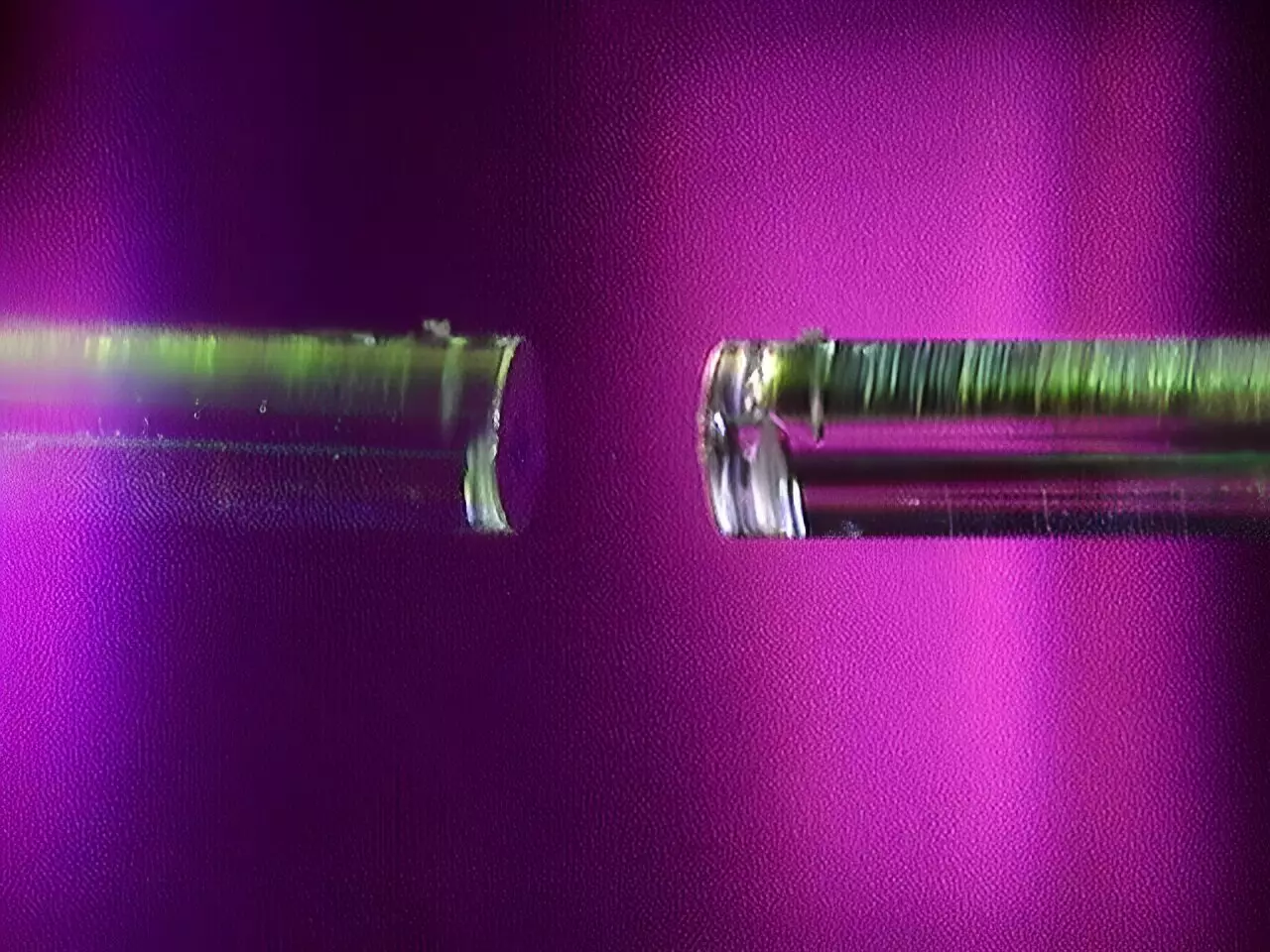The scientific community stands on the brink of a paradigm shift with the advent of an ultra-sensitive, label-free method for detecting and analyzing individual molecules. This breakthrough, originating from the University of Wisconsin–Madison, surpasses previous technological limitations, offering unprecedented clarity into the fundamental interactions that compose our universe. Historically, scientists relied heavily on fluorescent labels to visualize molecules—tools that, while useful, risk distorting the very behaviors they aim to observe. Now, the ability to examine molecules in their natural state with such precision promises to unlock insights previously thought impossible, redefining how we approach everything from pharmaceutical development to advanced material design.
This innovation embodies a fusion of disciplines—physics, chemistry, and engineering—that exemplifies the modern scientific mindset: interdisciplinary collaboration yields extraordinary progress. By cleverly deploying an optical microresonator, or microcavity, the researchers have created a “super-sensor” capable of trapping light in minuscule spaces, affording it the ability to detect molecules at the single-molecule level without invasive markers. The implications are profound, touching everything from understanding disease mechanisms to creating more efficient catalysts. This is not mere incremental progress; it represents a fundamental leap towards truly observing the molecular dance that underpins all biological and physical phenomena.
Beyond Labels: Seeing Molecules in Their Authentic State
Traditional molecular detection methods have always grappled with the challenge of visualizing molecules without interference. Fluorescent labels, despite their utility, introduce unnatural elements to molecules, sometimes altering their structure or behavior. Such distortions can cloud interpretations, making it difficult to discern genuine interactions. The UW–Madison team’s label-free approach circumvents this issue, capturing the subtle motions and conformational changes as molecules naturally occur.
In practical terms, this means scientists can now observe how proteins flex, how drugs latch onto their targets, or how nanomaterials assemble—all in real-time and with minimal sample requirements. The ability to promptly assess conformational dynamics opens doors to swift, accurate drug screening processes. Instead of waiting hours or days for complex assays, researchers can obtain critical information within seconds—transforming workflows in pharmaceutical research and reducing the time-to-market for new therapeutics. It also enhances our capacity to develop targeted medicines, as understanding the exact shape and flexibility of molecules becomes more accessible.
Interdisciplinary Ingenuity: The Power of Microcavities
Achieving such sensitivity was only possible through innovative engineering—specifically, the use of microcavities composed of fiber optic mirrors. Essentially, these tiny setups confine light within an exquisitely small space, causing it to bounce back and forth at extraordinary speeds. When molecules intrude into this confined space, they interact with circulating photons, inducing detectable changes in the optical signals. Think of it as a concert hall where even the faintest whisper reverberates sufficiently for analysis; the microcavity amplifies the molecular “whisper” into a measurable signal.
This approach draws inspiration from fields outside traditional chemistry, notably physics and electrical engineering. Such cross-pollination exemplifies modern scientific innovation—breaking down silos to forge new tools capable of peering into realms previously obscured. The use of microcavities is particularly striking because it repurposes technology more common in physical sciences to solve longstanding biological and chemical challenges. This strategic engineering turns the microcavity into a kind of molecular antenna, amplifying signals enough to detect single molecules in their natural environment—something scientists once believed was terminally out of reach.
Implications for Future Science and Industry
The potential applications extend far beyond the laboratory. In drug discovery, for example, this method could revolutionize how treatments are developed. Understanding the precise conformations a drug induces in its target protein is crucial for designing more effective, selective drugs. Currently, such studies are costly and slow; with this technology, screening could become a rapid, routine part of the process, dramatically accelerating development pipelines.
Materials science also stands to benefit immensely. The ability to observe how molecules assemble or interact at the single-molecule level will inform the design of new nanomaterials with tailored properties—superior strength, enhanced conductivity, or novel optical features. In environmental science, detecting trace molecules in complex mixtures could lead to breakthroughs in pollution monitoring or detection of elusive biomarkers.
Moreover, the foundation laid by this research paves the way for future technological advances. Enhanced microcavity designs, integration with machine learning algorithms, and miniaturization could result in portable, real-time molecular sensors. The leap from a laboratory prototype to a widespread technological standard will depend on continued innovation and refinement, but the promise is undeniable: a future where understanding matter at its most fundamental level is swift, accurate, and non-invasive.
By fundamentally shifting our capacity to observe molecules unadulterated by labels, this breakthrough doesn’t just add to existing knowledge—it redefines the possibilities of molecular science. The journey from conceptual innovation to real-world impact promises to be as transformative as the science itself, promising a new era where the smallest constituents of matter reveal their secrets openly and honestly.

